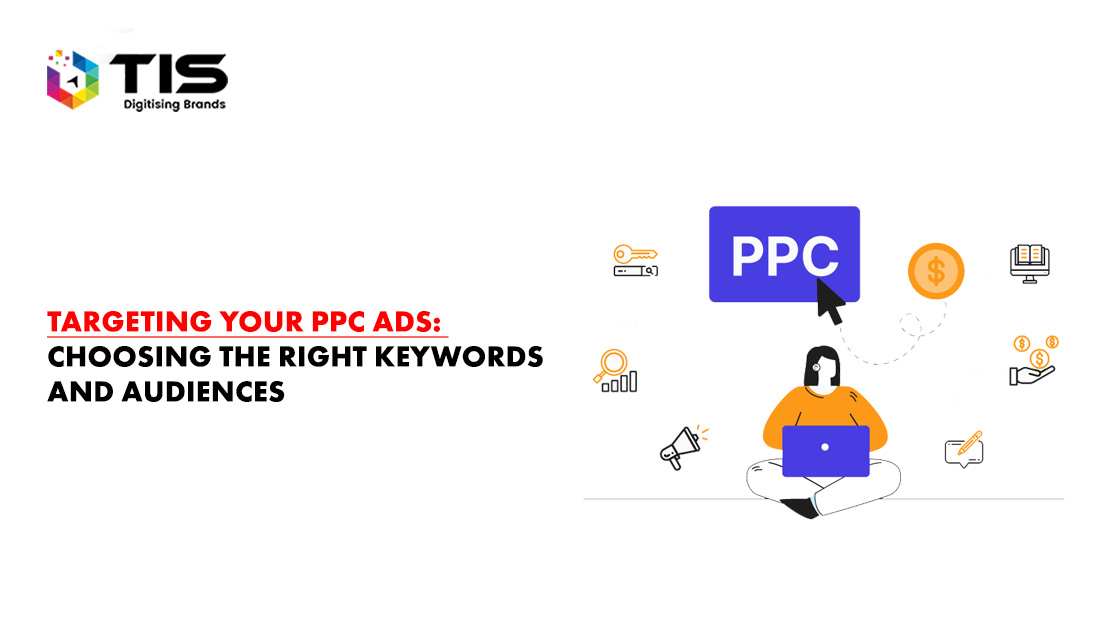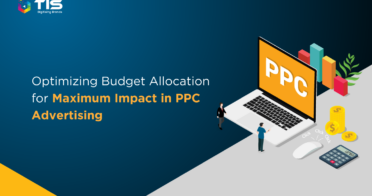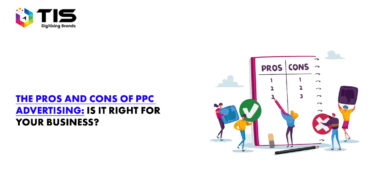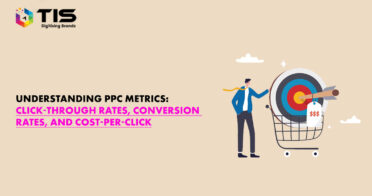





 May 12, 2023
May 12, 2023

PPC (Pay-Per-Click) advertising has become one of the most popular digital marketing methods for businesses to attract potential customers and increase website traffic. However, simply creating a ppc marketing services is not enough to ensure its success. The key to a successful PPC campaign is to effectively target the right keywords and audiences.
Choosing the right keywords is critical for your PPC campaign, as it determines who sees your ads. You need to ensure that your chosen keywords match what potential customers are searching for online. Keyword research tools can be used to identify high-traffic, relevant keywords and long-tail keywords that match your business offerings.
It is also essential to target the right audiences for your PPC campaign. You can segment your audience based on demographics, interests, behaviors, and other factors. Targeting the right audience can increase the likelihood of conversions and reduce ad spend waste.
Conducting thorough keyword research is a crucial step in PPC advertising as it helps in identifying the most relevant keywords for your business. By identifying the right keywords, you can target the audience that is most likely to engage with your ad and convert into customers. You can use various tools such as Google Ads Keyword Planner, SEMrush, and Ahrefs to research keywords. These tools provide insights on the search volume, competition level, and suggested bid for each keyword. You can also analyze the search intent behind each keyword and optimize your ad copy to align with the user’s intent. Overall, thorough keyword research can significantly improve the performance of your PPC ads.
Utilizing negative keywords is an effective strategy to prevent your ads from showing up to users who are not likely to engage with your product or service. Negative keywords are essentially words or phrases that you don’t want your ad to appear for. For instance, if you’re selling high-end designer shoes, you may want to include negative keywords such as “cheap” or “discount” to avoid showing your ads to users searching for bargain or low-priced shoes.
By excluding these irrelevant keywords, you’ll be able to reach a more targeted audience, resulting in higher click-through rates and conversion rates. Additionally, you’ll save money by not bidding on keywords that are unlikely to generate leads or sales for your business.
To utilize negative keywords effectively, you need to conduct thorough keyword research and continuously analyze your campaign’s performance to identify negative keywords that are causing your ads to appear in irrelevant searches. By regularly updating your negative keyword list, you can optimize your targeting strategy and improve your PPC campaign’s overall performance.
Segmenting your audience based on demographics, interests, and behaviors involves dividing your target audience into specific groups based on factors such as age, gender, interests, and behaviors. This approach allows you to create tailored ads that are more relevant and appealing to each group. For instance, if you are promoting a product that appeals to a younger audience, you can create ads that feature youthful imagery and language to appeal to them. Similarly, if you are promoting a product that appeals to a specific interest group, such as fitness enthusiasts, you can create ads that highlight the product’s fitness-related benefits. By segmenting your audience and creating tailored ads, you can increase the chances of reaching and engaging with your target audience, resulting in higher click-through rates and conversions.
Geographic targeting is a feature in PPC advertising that allows advertisers to choose specific geographic locations where they want their ads to appear. This means that businesses can show their ads only to people in certain cities, regions, or countries, making it easier to target potential customers who are more likely to be interested in their products or services.
For businesses that offer local services or products, such as restaurants, salons, or local shops, geographic targeting can be particularly effective. By targeting ads to people in the same geographic area as their business, they can increase the likelihood that those people will become customers.
Geographic targeting can also help businesses save money by avoiding advertising to people who are unlikely to be interested in their products or services. For example, a business that only operates in a specific city can avoid wasting advertising dollars on people who live in a different city or country.
Monitoring and adjusting your targeting strategy is crucial to the success of your PPC campaign. By regularly reviewing your campaign’s performance metrics such as click-through rates, conversion rates, and cost per click, you can identify areas for improvement and make the necessary changes to optimize your campaign’s performance.
For instance, if you notice that your ads are receiving a lot of clicks but not generating many conversions, you may need to adjust your targeting strategy to reach a more relevant audience. Similarly, if your cost per click is too high, you may need to adjust your bids or keywords to lower your advertising costs.
Continuously monitoring and adjusting your targeting strategy will help you stay on top of your campaign’s performance and make informed decisions to optimize your results.
In conclusion, targeting the right keywords and audiences is crucial for the success of your PPC advertising campaign. Conducting thorough keyword research and utilizing negative keywords can help you reach a more targeted audience, resulting in higher click-through and conversion rates. Segmenting your audience based on demographics, interests, and behaviors allows you to create tailored ads that are more relevant and appealing to each group. Geographic targeting can also be particularly effective for businesses that offer local services or products. Finally, monitoring and adjusting your targeting strategy regularly is essential to optimize your campaign’s performance and achieve your advertising goals. By implementing these strategies, you can increase your PPC campaign’s effectiveness and drive more traffic and sales to your business.

In the dynamic realm of pay-per-click (PPC) advertising, the key to success doesn’t solely lie in the magnitude of your expenditures; it rests on the shrewd distribution of those funds to yield optimal outcomes. With the application of adept strategies, your budget can be stretched to its utmost potential,...
Read More

Overview of PPC Advertising PPC (Pay-Per-Click) advertising is an online advertising model where advertisers pay a fee each time their ad is clicked. It involves bidding on keywords and displaying ads in search engine results or on relevant websites. When a user clicks on the ad, the advertiser is...
Read More

Introduction: Pay-per-click (PPC) advertising is a powerful digital marketing strategy that requires a thorough understanding and analysis of key metrics to evaluate the effectiveness of your campaigns. This article focuses on three crucial metrics in PPC advertising: click-through rates (CTR), conversion rates, and cost-per-click (CPC). By gaining a comprehensive...
Read More